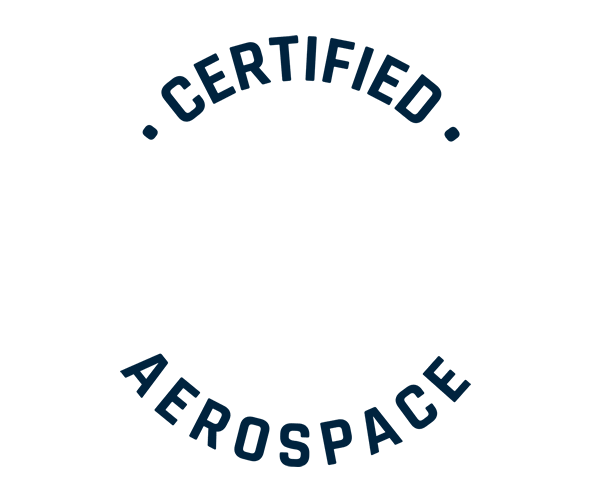Introduction
Composite materials play a crucial role in various industries due to their unique properties. One such composite material that stands out is HGW 2082, known for its exceptional quality and performance standards according to DIN 7735. HGW stands for “Hartgewebe” which is German and translate to hard fabric. The standard DIN 7735 is actually withdrawn and superseded by the European IEC/EN 60893 but the “old” DIN 7735 is still very commonly used.
Material Design
HGW 2082 is a laminated fabric composite material, composed of phenolic resin-impregnated fine cotton fabric pressed to sheets. This combination results in a sturdy and durable material with excellent mechanical and electrical properties.
Properties
HGW 2082 exhibits high tensile strength, comparatively low moisture absorption, and good electrical insulation properties, making it suitable for a wide range of applications. It also offers resistance to heat up to 120°C, further enhancing its utility in demanding environments. One key property that lets it stand out is a very low friction coefficient of the material. This property is due to the ideal combination of the resin system and the cotton reinforcement.
Applications
Due to its superior properties, HGW 2082 finds applications in industries such as aerospace, automotive, electrical, and marine. It is not only used in electrical insulation components, structural light weight parts, and high-performance machinery where reliability is paramount. But also everywhere where moving parts would generate friction losses. These losses can be minimized by HGW 2082 due to its low friction coefficient. This applies to ball bearings, slide bars, guide and stop ledges or slides and vanes for compressors.
Production Process
The production of HGW 2082 involves impregnating cotton cloth with phenolic resin, followed by curing and pressing to create robust sheets of laminated fabric. This process ensures uniform distribution of the resin and impregnation of the fabric, resulting in consistent material quality.
Variants / Alternatives
In addition to HGW 2082, other variants such as HGW 2372 and HGW 2572 are available, offering different properties and characteristics to suit specific application requirements. Generally speaking the 4 digits mean the following: first digit 2 is for composite material, second digit defines the type of resin with 0 for phenolic, 3 for epoxy and 5 for silicone. The third digit depends on the reinforcement, again 8 for cotton, 7 for glass fabric and 6 for cellulose paper. The last digit defines certain details of the production process: whether it is a pressed sheet or wound tube, and what yarn grade the fabric is made of. Sometimes there is even a fifth digit separated with a dot, .4 meaning for example stable at higher temperatures.
The Standard DIN 7735
DIN 7735 set the quality and performance standards for laminated fabric composite materials like HGW or HP (hard paper) materials. Compliance with this standard ensures that materials meet specified requirements in terms of mechanical strength, electrical insulation, and overall quality. The standard is withdrawn and superseded by IEC/EN 60893 but still very commonly used.
Other Standards
Apart from DIN 7735, HGW materials may also adhere to international standards such as NEMA LI 1 (National Electrical Manufacturers Association) or the European standard IEC/EN 60893, which further validate their quality and performance. The HGW 2082 corresponds in the NEMA LI 1 standard the quality C and in the IEC/EN 60893 the quality PF CC 201.
Concluding remarks
In conclusion, the composite material HGW 2082, as per DIN 7735 standards, offers a reliable and high-quality solution for diverse industrial applications. With its exceptional properties, and adherence to industry standards, HGW 2082 stands as a top choice for demanding projects requiring superior mechanical performance, durability, a light weight solution and in most cases a low friction coefficient.



